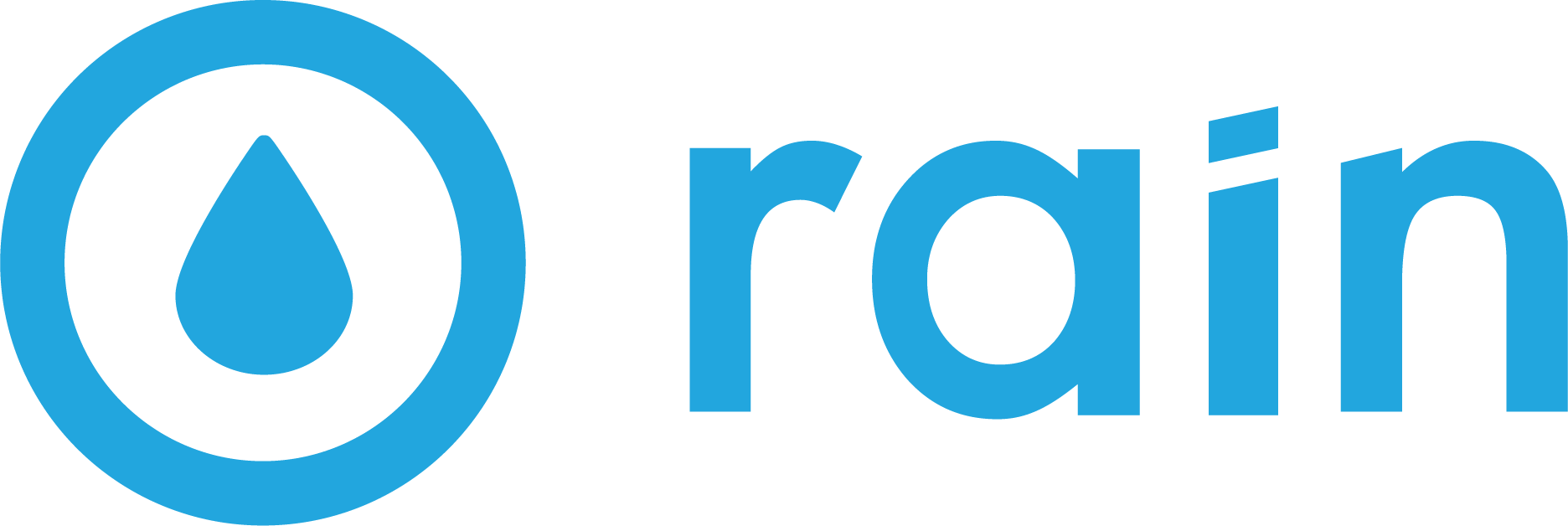Tagging Conversion Events On Your Website | Rain's Guidelines and Decision-Making Criteria
This document outlines the general rules and decision-making criteria that RAIN employs when tagging certain buttons on your landing page.
Benefits
Google Tag Manager allows you to track certain events on your website and deliver valuable analytics data to your Google Analytics property. We routinely set up conversion tags on campaign landing pages, utilizing this data to build custom audiences and optimize campaigns.
Normally, these tags remain on the landing page even after your campaign ends so you don’t lose those valuable historical insights that you’ve gained over time. However, if you no longer need this data at the end of the campaign, please inform us and we will promptly remove our tags.
General Tagging Guidelines
We will always tag buttons related to the following functions:
Open Account: We will tag all buttons that facilitate the creation of new accounts.
This includes any specific call-to-action buttons that are placed on a View Rates or similar informational page linked to from the original landing page. Our intention here is to track user engagement with critical buying decision information.
Contact Us: We will tag all buttons that initiate communication such as contact forms, appointment schedulers, or linked phone numbers.
View Rates: We will tag all buttons that direct users to pages where they can view interest rates, fees, or other financial information which would be a prerequisite for most people before they choose to open an account.
Exceptions
Headers/Footers: Buttons located in footers will not be tagged unless explicitly requested. Buttons in headers generally follow this same rule unless they are highly prevalent, mobile-visible CTAs.
Menus: Buttons located within menus will not be tagged. This decision is based on our strategy to streamline tagging and maintain clarity in data collection.
Conversion Tiers/Categories
Some ad platforms allow us to designate which conversions on your page are most valuable and label them ‘primary conversions’. Essentially, this means we can train your campaigns to optimize based on the most desired outcomes we want (for instance, ‘Apply Now' and similar calls to action). Other ‘secondary conversion’ buttons that we still tag are more for visibility and helping us understand your website users’ tendencies so we can suggest landing page or other types of campaign optimizations. Those aren’t the clicks we’re going for, but we still want to know about them.
Furthermore, as of September 1, 2025, we will report three tiers of conversions on your campaign reporting, as described below. We made this strategic change in an effort to provide you the best possible data which will tell the most complete story.
Apply | Only direct conversions: apply now, open account, become a member, etc.
Primary | High-value actions: call links, contact forms, high-intent info e.g. rate views & calculators, etc.
Secondary | Support actions: branch lookups, directions, general info, learn more, etc.
Typically, both ‘Apply’ and ‘Primary’ level conversions will be marked ‘Primary’ and influence campaign optimization on ad platforms, while ‘Secondary’ conversions are tagged to provide additional supporting data.
Identically Labeled Buttons
It is crucial to understand that within GTM, we cannot easily differentiate between buttons that are identically labeled if they lead to the same destination URL. If you’d like to gather data on each unique button, please let us know. In these cases, we encourage you to implement unique values in the buttons' parameters so that we can provide the most granular and helpful data in your reports.
For example, if a landing page features three different products, each labeled ‘Apply Now’, we recommend that your website developer sets a unique click_text value on each one to differentiate them.
Implications of Changes in Landing Pages & Buttons
When changes are made on a landing page we’re sending traffic to, it’s likely our internal tracking, your campaigns, and your GA4 data will be impacted. For this reason, it’s crucial that you communicate with us if the below changes are made, so we can reconfigure our conversion tagging and keep your campaigns running and attributing correctly.
Change on CTA variables: We use buttons' text as well as unique variable parameters to tag buttons such as click_text and click_url. If any of these values are changed at all, we can lose tracking abilities (even capitalizing a letter).
Landing Page Redirection: To enhance the accuracy of our tagging, we define triggers based on page path values. If a landing page is redirected or the page’s URL changes at all, we will lose tracking on that landing page. For example, if the page path changes from /test-bank to a new redirected page path of /bank-test, our tracking capability for that landing page will be lost.
There is also a potential risk of losing our ability to analyze trends if major changes are made. We should always weigh the importance of a change against the cost of losing our ability to compare data on the updated landing page vs. historical data relevant to the previous configuration.
Lastly, continuous changes can negatively affect campaign optimization. Changes in conversion events and data collected can hinder the ability of campaigns to self-optimize as they normally do based on user website behavior.
Conclusion
Understanding and adhering to these tagging guidelines will ensure that your campaigns are set up for success. By clearly defining what gets tagged and recognizing the limitations of our tagging approach, we can work together to create a robust framework for your digital marketing efforts. If you have any further questions or require clarification on specific points, please do not hesitate to contact us.
